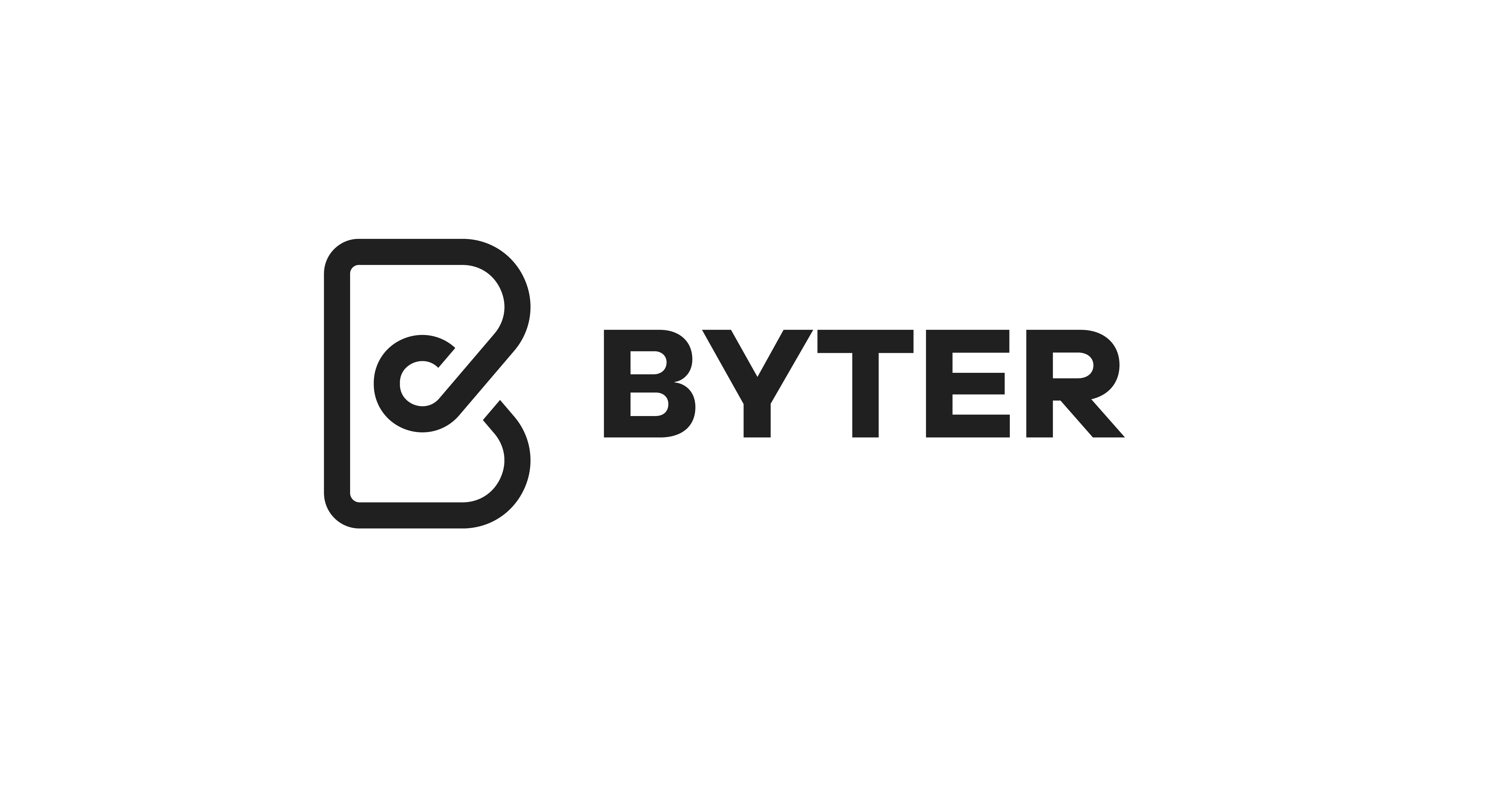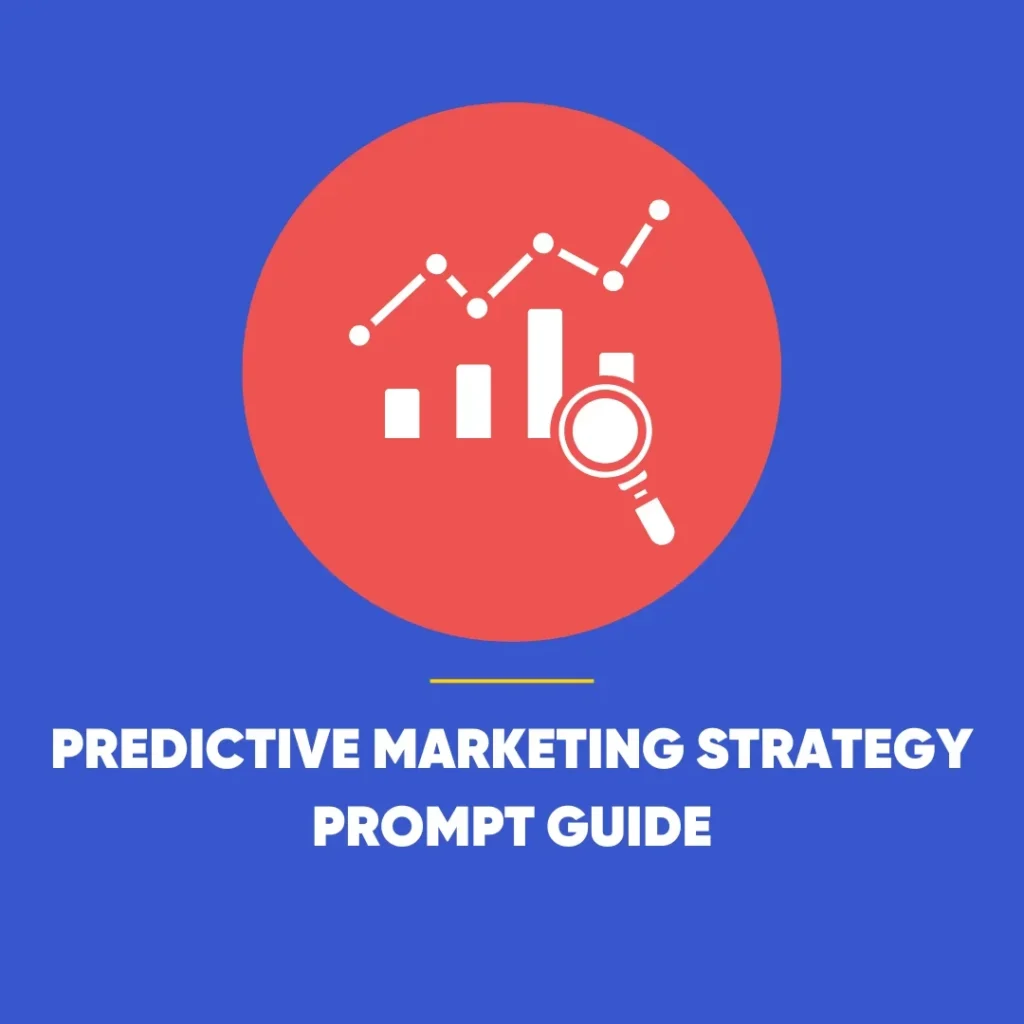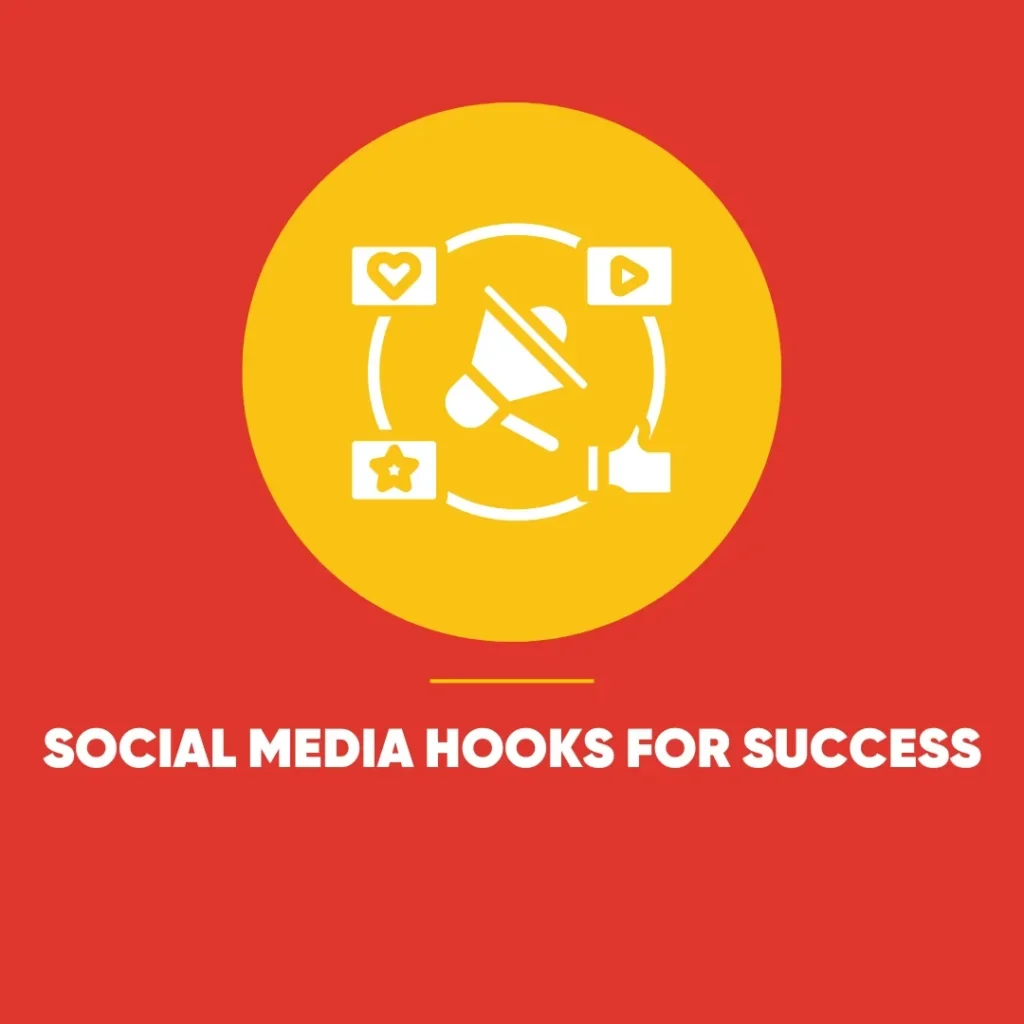Community Marketing Strategy: Fostering Ultimate Loyalty
Community marketing strategy is the key to cutting through digital noise and building genuine loyalty with consumers. Being part of a community offers more than just a sense of belonging; research suggests it can genuinely boost well-being, helping to mitigate stress and even promoting longevity. For brands, this isn’t merely a feel-good notion – it’s a critical business imperative. With a significant majority of consumers stating that a brand’s community directly shapes their perception of it, according to industry sources, building genuine connections is no longer optional; it’s the most powerful way to cut through the noise and foster enduring loyalty.
The Shifting Consumer Landscape and Your Community Marketing Strategy
The sheer volume of online material, much of it generic or algorithmically generated, has eroded consumer trust. In an era where AI-driven content and misinformation abound, authenticity has become the scarcest commodity. People are not just tired of being marketed to; they are actively seeking refuge. Studies indicate that a considerable percentage of the public is looking to reduce their screen time in favour of real-world engagement, whether through local clubs, events, or focused online groups.
For companies, this shift means that the traditional model of relying solely on content visibility is no longer sufficient. Trust is the new currency, and it is built not by shouting louder, but by earning a seat at the table where relevant conversations are already taking place.
Why Content Alone Can’t Build Trust
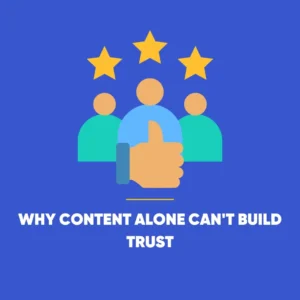 While content remains a vital tool for information dissemination, it struggles to foster the deep trust and loyalty that community can provide.
While content remains a vital tool for information dissemination, it struggles to foster the deep trust and loyalty that community can provide.
- Discovery has changed: Audiences are now turning to specialised groups, social threads, or even AI tools for direct, immediate answers, bypassing traditional search engines and brand channels. Visibility is no longer the guarantee of attention it once was.
- The Problem of Oversaturation: An endless stream of posts and articles makes it difficult for consumers to discern what is genuinely useful or authentic. When every brand is producing content, the differentiator is no longer what you say, but who believes you.
- The Disruption Factor: Even the most expertly crafted brand message is, fundamentally, an interruption. It inserts itself into a user’s space with an underlying agenda. Audiences are increasingly intolerant of this disruption unless the value offered is truly exceptional.
In this fragmenting digital world, community provides what content cannot: a foundation of credibility, relevance, and authentic engagement.
How to Find Your Brand’s Community for a Strong Marketing Strategy
Many businesses mistakenly believe they must create a new community from scratch. However, the reality is far simpler: your audience is already collaborating without you. Therefore, the strategic move is to discover these conversations and respectfully contribute.
Where Conversations Already Exist
Instead of building, smart brands should be listening in the following existing spaces:
- Targeted Online Forums: Use advanced search techniques to find active, relevant discussions. For example, try
[industry/topic] + forumor Reddit threads. - Closed Social Groups: Look beyond the public feed to find Facebook and LinkedIn groups. However, prioritise groups based on activity, not just sheer member count.
- Niche Digital Spaces: Explore platforms like Discord servers or dedicated WhatsApp channels. Specifically, use their internal directories to locate relevance. \
- Offline Grassroots Meetups: Don’t overlook the physical world. Instead, check local event listings or bulletin boards for existing clubs and events.
- Direct Customer Insight: The simplest approach is often the best. Therefore, ask your customers directly where they go for advice and trusted opinions.
By doing this “legwork,” a brand gets a clear map of where trust resides, allowing them to participate authentically rather than simply promoting.
Identifying and Partnering with Community Leaders
Within these existing groups, trust is often managed by a few key individuals, vital to your community marketing strategy. These community leaders are not necessarily the largest influencers, but those who consistently start valuable discussions, answer questions, or organise group activities.
- Search for Engagement: Look for individuals whose posts generate meaningful conversations, shares, and replies, rather than just high follower counts.
- Observe Group Dynamics: In forums and groups, notice who acts as the moderator, the expert, or the host. These are the voices the community respects.
- Build Authentic Relationships: Once identified, engage with these leaders’ content genuinely – comment, share, and attend their public events. This establishes a baseline of respect and credibility before you propose any collaboration.
- Co-Creation: Once you earn trust, look for opportunities to co-host an event or collaborate on a resource that genuinely serves the leader’s audience, thus lending your brand the leader’s existing credibility.
The Art of Community Immersion
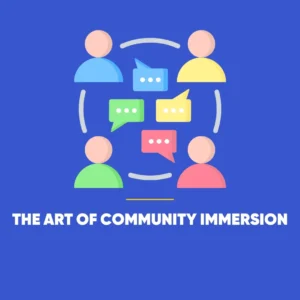 Finding a community is just the first step; how your brand conducts itself within that space determines whether it is accepted or ignored. The principle is simple: be useful, not disruptive.
Finding a community is just the first step; how your brand conducts itself within that space determines whether it is accepted or ignored. The principle is simple: be useful, not disruptive.
Lessons from Leading Brands
Brands that excel in community engagement operate with a service-first mindset, a core tenet of any successful community marketing strategy.
Case Study: Lululemon’s Local Immersion
Lululemon’s success was not achieved by creating the yoga community, but by serving and amplifying it. They recognised that yogis already had trusted teachers and studios. Their strategy involved:
- Empowering Local Leaders: They developed robust relationships with local experts. Thus, they effectively amplify voices the community already listened to.
- Providing Accessible Spaces: Their stores often function as community hubs. Specifically, they transform retail spaces into places for connection and practice.
- Value Over Promotion: The brand consistently prioritises educational content and wellness. Ultimately, the product is a natural facilitator of the lifestyle, not the main objective.
Community-Centric Examples
- Rapha Clubhouses: These physical spaces in major cities serve as meeting points and repair stations. Crucially, the retail aspect is secondary to the social and communal experience.
- LEGO Ideas: This platform allows fans to submit and vote on new product designs. Consequently, giving the community a direct voice earns LEGO incredible loyalty and innovation.
- Google Product Experts: Google supports community members who answer user questions in forums. In essence, granting these individuals status and access drives trusted user support.
Rules for Interaction
Once inside a community, a brand must shed its corporate voice to succeed in its community marketing strategy.
| Traditional Marketing Approach | Community-First Approach |
| Pushing Content | Responding to Discussions: Address questions and needs that are organically arising within the thread. |
| Promoting Products | Sharing Solutions/Resources: Offer a free checklist, a guide, or an expert’s perspective that genuinely solves a problem. |
| Driving Traffic Elsewhere | Adding Value Right There: Answer the query fully within the forum or group; don’t just drop a link and leave. |
| Appearing for Campaigns | Showing Up Consistently: Stay active and helpful in the quieter, everyday moments, not just around product launches or major events. |
Initially, community forms the bedrock for trust, credibility, and loyalty. Therefore, successful brands embrace this shift and move beyond just broadcasting content. Instead, they become useful, respected members of key communities.
